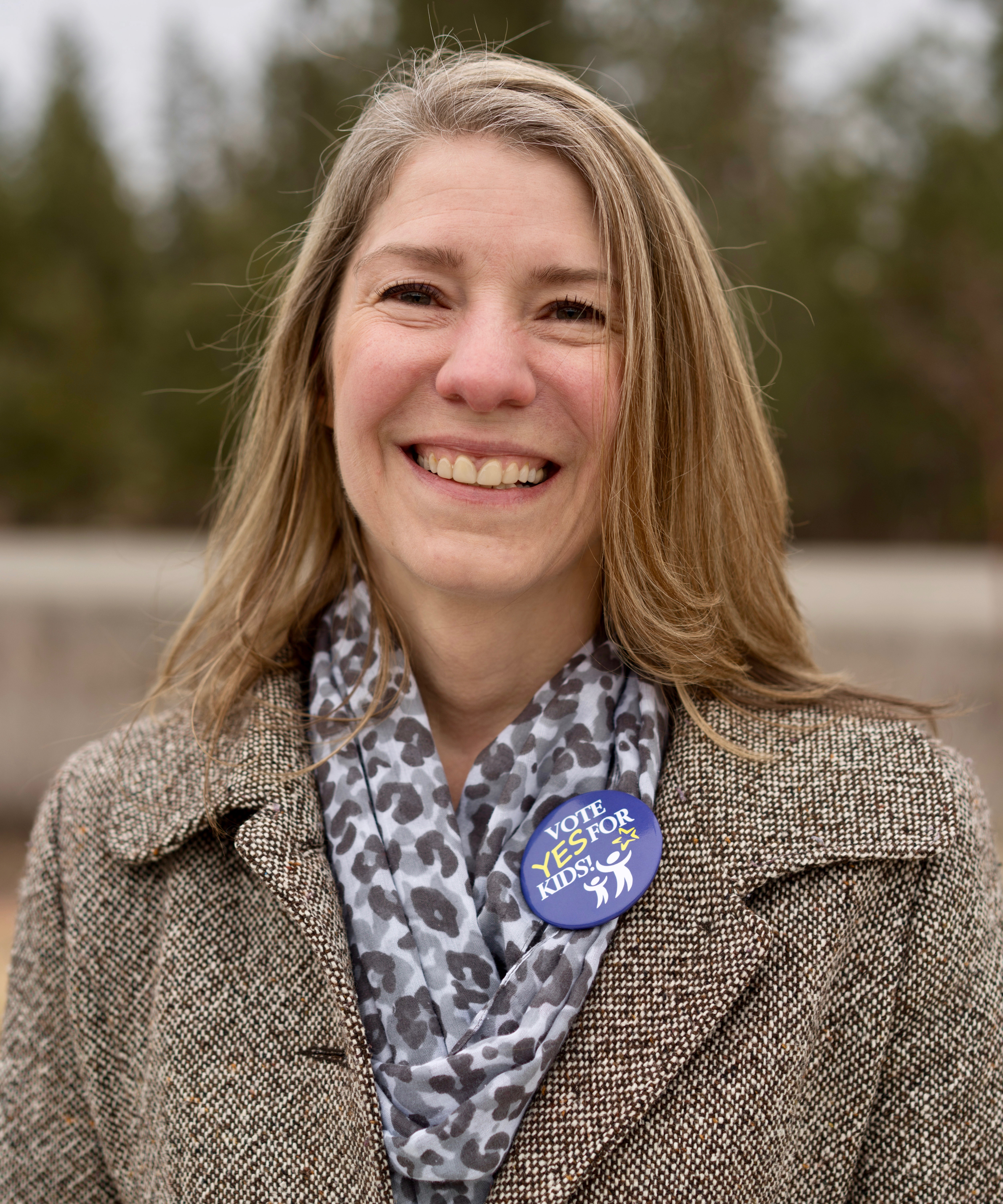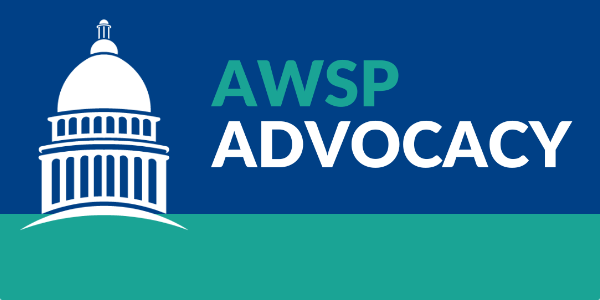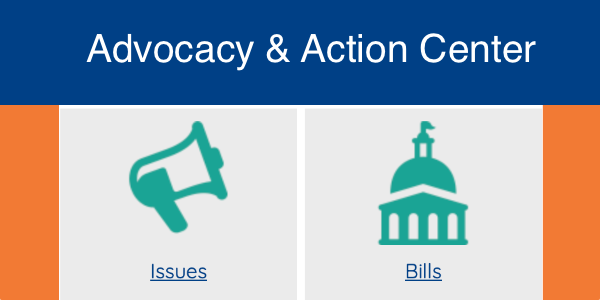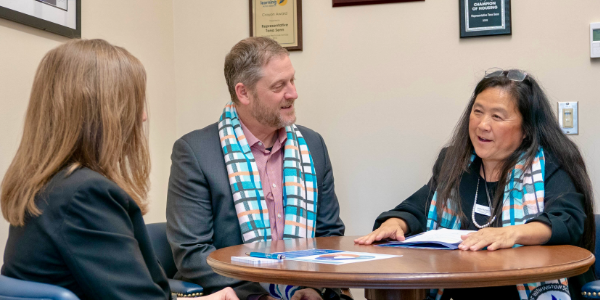The School Employees’ Benefit Board met for an all-day meeting and covered, as usual a wide range of topics.
View Meeting Materials
Tab 4 was a follow-up from previous meetings. Of note and related to Paid Family and Medical Leave (PFML), any employer who has a collective bargaining agreement (CBA) signed before October 19,2017, does NOT have to collect the taxes for PFML until the CBA expires.
Tab 5 was a presentation on the Governor’s proposed budget. It assumes, as does SEBB/HCA a per subscriber amount that will be invoiced to and paid by K-12 employers for each SEBB benefits-eligible employee. Note: The employer will still pay for employees who may have waived coverage. The funded rate, per prototypical staff allocation is projected to be $1,170 in FY 2020 and $1,195 in FY 2021.
The formula is (number of protype-generated FTE)*(BAF)*(funding rate) = District Allocation.
(The BAF is the benefit allocation factor/multiplier: 1.43 per classified staff; 1.02 for certificated.)
HCA will update modeling and submit new suggested funding rate levels to the legislature by March 1, 2019. The figures above may change.
Tab 6 was an overview of proposed legislation. Of note was SB 5092 which provides flexibility to school districts by authorizing school district waivers. This could have potential impact to SEBB but unknown at this point.
Tab 7 was a continuing education to the SEB Board on pharmacy using usage by members in the Uniform Medical Plan as a baseline. The cost of prescription drugs is driving the increase in premiums for insurance, particularly specialty drugs. As an aside, as rates go up the premium cost to those still working, the premium cost remains 85% paid by state/district and 15% paid by subscriber. Retirees, however, pay 100% of the increased cost. The most startling piece of information was that less than 1% of the prescription users who are using specialty drugs account for 53% of the total claims’ costs for prescriptions.
Tab 8 was adoption of various policy resolutions dealing with the number of months that self-pay coverage is allowed, particularly for dependents not eligible for coverage under the SEBB program. One example would be domestic partners who have not registered with the state.
Tab 9 was a presentation on the Wellness Program, a component of the SEBB offerings.
Tab 10 was a presentation of proposed resolutions related to the passage of ESSB 6241 last session. This bill made a number of technical corrections to the SEBB program. Of importance to districts was the provision that would allow employees who work less than630 hours to negotiate for coverage. Resolutions implementing this new provision were discussed. They will be circulated for feedback from stakeholders. It is important to review them. Wayne Leonard, member of the SEB Board asked if this topic was permissive or mandatory as a bargaining topic. SEBB staff will get back with an answer. Mr. Leonard also pointed out the irony that he thought the whole purpose of the SEBB process was for the state to negotiate health benefit, yet now locals have potential new authority to do so? These resolutions are due to be acted on at the March 7thSEBB meeting, so response from stakeholders is needed ASAP.
Tab 11 was on update on the procurement process for the various medical, dental, vision, life and AD & D plans. SEBB/HCA is also looking at getting information for Home/Auto insurance, getting a vendor to help in verifying dependent eligibility, and a vendor to help during the open enrollment period.
It is anticipated that specific premiums will be finalized in July and open enrollment will begin as early as October 2019.
Tab 12 was an overview of the required report to the Legislature on the retired and disable employee risk pool. Until certain restraints re addressed and resolved, HCA recommends continuing the current risk pool structure for the SEBB. The eventual goal would be to create a non-Medicare risk pool for SEBB, but it is estimated that this could be done no earlier than January 1, 2022.
Tab 13 was a presentation on the status of the on-line enrollment program for SEBB enrollees. (SEBB My Account) There will be a portal for individuals to enroll and for school district management and administration. It is being developed and tested with input from stakeholders including school districts, ESD’s WEA, and WSPIC to name a few. Employees will do most of the input as they enroll and make choices. Presentations are being done around the state.
That’s all folks!







